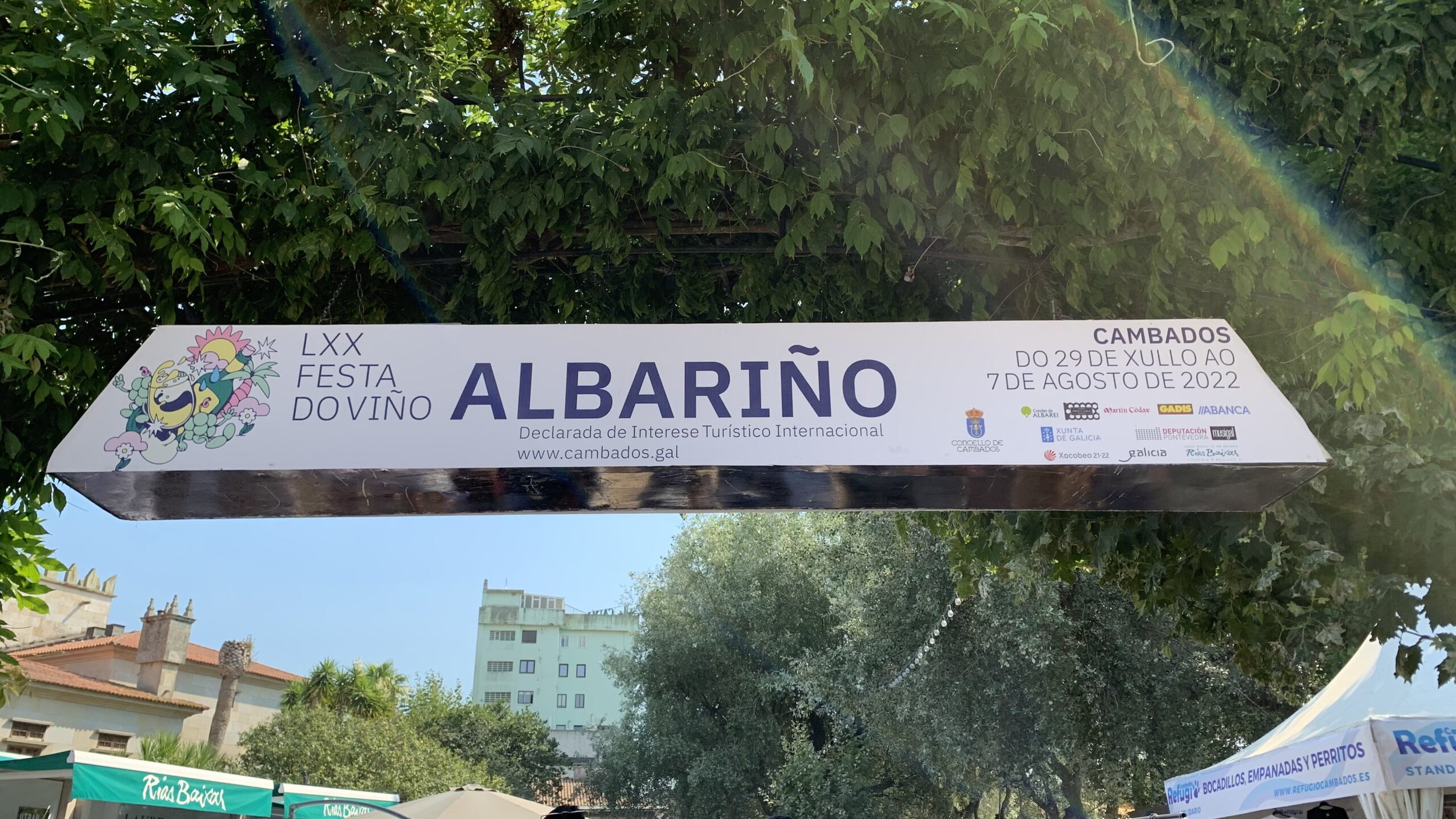
Is Organic Albariño Possible in Rías Baixas?
Natalia Rodriguez left her job as a lawyer to return to the countryside and try to make organic albariño. Twelve years later, she’s the first certified organic albariño producer in Rías Baixas. We sat down to talk about organic farming, the Condado do Tea, and what makes albariño special.

Albariño Day: How the Rías Baixas’ Biggest Party Got Started
Albariño Day is an all-you-can-eat-and-drink-without-bursting marathon, complete with concerts, fireworks, and maybe the occasional full-frontal nudity. It’s one of the reasons why Albariño from Rías Baixas is world-famous today, but most people don’t know its origin story…

10 Albariños to Know
The people who are bored with the “what grows together, goes together” narrative obviously haven’t been to Galicia, or drunk Albariño with shellfish by the sea in an old man bar in A Illa da Arousa, or seen fleets of bateas floating in the Ría de Pontevedra while they walk through trellised vineyards. This is all to say that if there’s a perfect pairing in this world, it’s Albariño and shellfish. The brine and the wine, baby. And if there’s a perfect Albariño, it comes from Galicia.
Treixadura, Viña Costeira, and Why Ribeiro Matters
Most people outside Spain couldn’t tell you what Ribeiro is—let alone rattle off producers’ names. The people who do know a bit more about Ribeiro can probably name about two winemakers, but can’t tell you much more than that…
How to Read a Galician Wine Label
You don’t need to speak Galician or have a degree in Spanish wine to correctly decipher a Galician wine label. Here are a few tips to help see what you’re drinking. Anatomy of a Wine Label Here are five key things to look for on a Galician wine label. 1. O Nome: The name of the …
